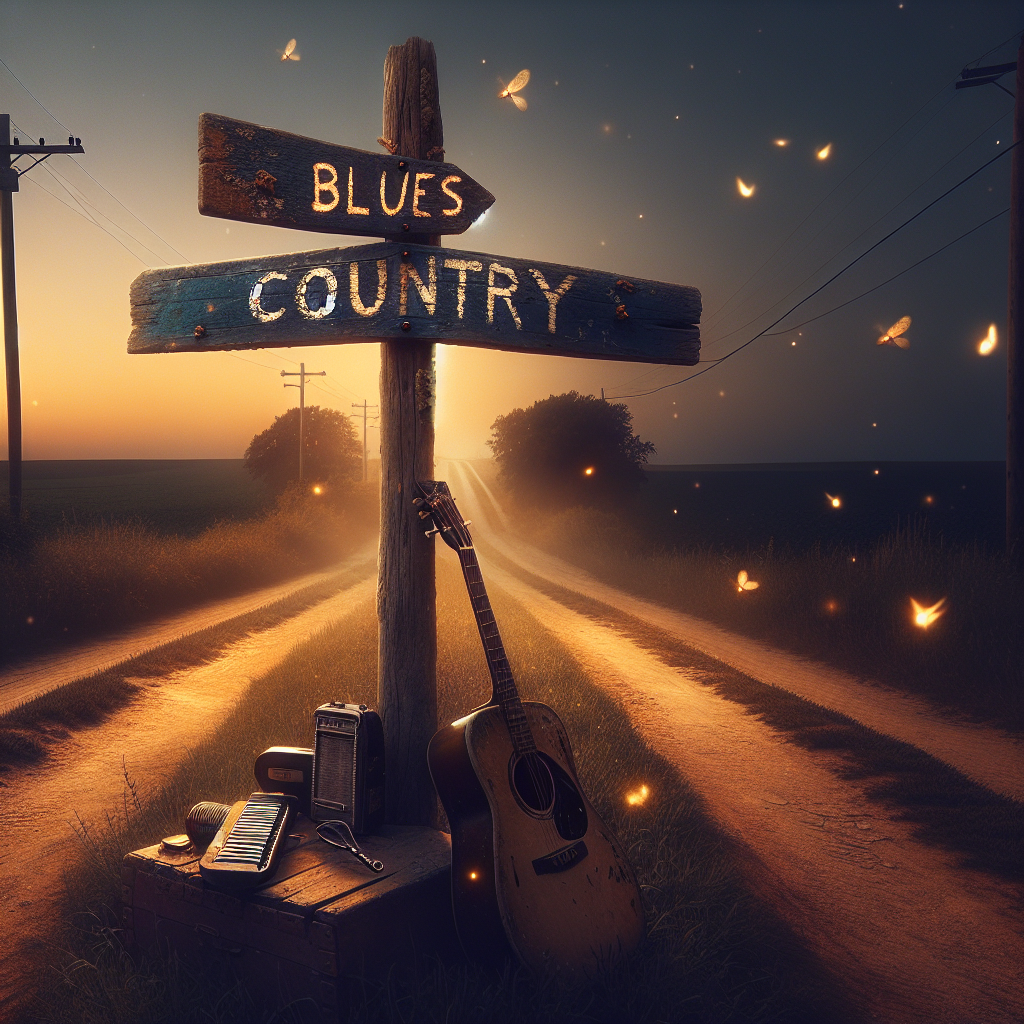The Art of Jazz Saxophone: A Deep Dive into its Rich History
The infectious saxophone strains in Jazz music are some of the most recognizable sounds in the history of music. Characterized by complex harmonies blended with improvisation, the saxophone’s distinct tonal variations bring life to Jazz. This article takes a deep dive into the rich history of Jazz saxophone, revealing its journey from obscurity to popular adoption.
Birth and Evolution of the Saxophone
The saxophone was invented in the 1840s by a Belgian named Adolphe Sax, who wanted to create an instrument that could blend the power of brass instruments with the flexibility and tonal beauty of string instruments. The saxophone found its real stage in Jazz, transcending its origins to become a significant symbol in contemporary music genres.
Jazz Saxophone through the Twenties and Thirties
In the 1920s and 1930s, the saxophone’s role in Jazz started taking shape. At the time, big band Jazz orchestras were popular, and saxophones were incorporated into these ensembles, instantly adding more depth and flexibility to the orchestra’s sound. This era gave rise to pioneers like Coleman Hawkins and Lester Young, whose unique playing styles still influence Jazz saxophonists today.
The Bebop Era and Modern Jazz
With the advent of the 1940s came the Bebop era, where Jazz was transformed into a sophisticated art form. Charlie Parker, an iconic figure from this era, demonstrated how a saxophone could revolutionize Jazz music, further pushing the boundaries of what the saxophone could express.
In the 1960s, modern Jazz flourished. John Coltrane brought groundbreaking inventive approach and improvisational ideas to Jazz saxophone. His rhapsodic innovations significantly expanded the instrument’s emotional and harmonic palette, always managing to stir the souls of his listeners.
Jazz Saxophone Today
Fast forward to today, the jazz saxophone is more exciting than ever. Musicians such as Kamasi Washington and Chris Potter continue to bring insightful nuances to the instrument, blending the traditional with the futuristic in an incredible fashion.
Conclusion
The history of Jazz saxophone is indeed a fascinating journey. From its invention to the contemporary period, the Jazz saxophone has gone through tremendous evolution. This instrument has played a phenomenal part in shaping Jazz as an influential and dynamic genre. The future of the jazz saxophone remains thrilling with the promise of continued innovation and growth. The saxophone’s rich history is a testament to its versatility, continually serving as an essential tool for musicians to express their art.
Frequently Asked Questions
- Who invented the saxophone?
The saxophone was invented by Adolphe Sax, a Belgian musical instrument designer in the 1840s. - How did the saxophone become popular in Jazz music?
Saxophones were incorporated into big band Jazz orchestras in the 1920s and 1930s, making them central to the genre’s sound. - Who are some of the pioneers of Jazz saxophone?
Some of the early Jazz saxophone pioneers included Coleman Hawkins, Lester Young, and Charlie Parker. - How has Jazz saxophone changed over time?
Starting from big band Jazz in the 1920s and 1930s to Bebop in the 1940s and modern Jazz in the 1960s, the Jazz saxophone has evolved significantly through various styles, tonal variations, and improvisations. - Who are some of today’s well-known Jazz saxophonists?
Popular contemporary Jazz saxophonists include Kamasi Washington and Chris Potter, among others.
Regardless of where you are on your Jazz journey, understanding the rich history of the saxophone within this genre is crucial in appreciating its artistry and influence within the world of music.




